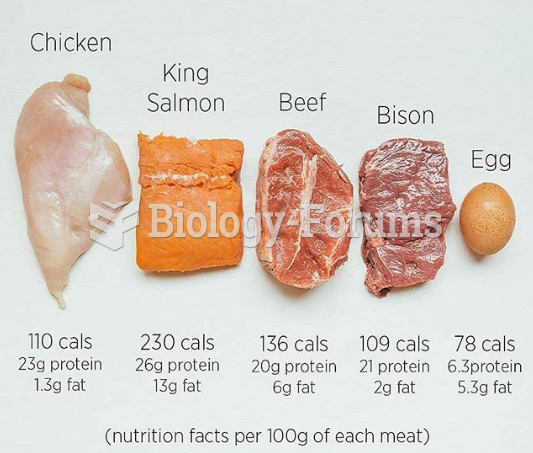|
|
|
Only one in 10 cancer deaths is caused by the primary tumor. The vast majority of cancer mortality is caused by cells breaking away from the main tumor and metastasizing to other parts of the body, such as the brain, bones, or liver.
Multiple sclerosis is a condition wherein the body's nervous system is weakened by an autoimmune reaction that attacks the myelin sheaths of neurons.
To maintain good kidney function, you should drink at least 3 quarts of water daily. Water dilutes urine and helps prevent concentrations of salts and minerals that can lead to kidney stone formation. Chronic dehydration is a major contributor to the development of kidney stones.
Warfarin was developed as a consequence of the study of a strange bleeding disorder that suddenly occurred in cattle on the northern prairies of the United States in the early 1900s.
Between 1999 and 2012, American adults with high total cholesterol decreased from 18.3% to 12.9%
 The Cordulegastridae are a family of Odonata (dragonflies) from the suborder Anisoptera. They are co
The Cordulegastridae are a family of Odonata (dragonflies) from the suborder Anisoptera. They are co
 he Blue-cheeked Bee-eater, Merops persicus, is a near passerine bird in the bee-eater family, Meropi
he Blue-cheeked Bee-eater, Merops persicus, is a near passerine bird in the bee-eater family, Meropi





